
General Idea
Lhasa, whose name means 'the Land of Gods' in Tibetan, is the capital of Tibet Autonomous Region. Due to its sufficient sunshine annually, it is also famed as 'the Sunshine City'. It is the center of Tibet's political, economic, cultural and religious activities.
Lhasa is an ancient city with its time-honored 1,300 years' history. It was called 'Luosha' or 'Luoxie' which mean 'dert-delivering-by-sheep' in the ancient times. There is a story for the name. It is said that Lhasa once was an area of low-lying marsh. In order to fill in the earth, Princess Wencheng from Tang Court used sheep to deliver dirt after her arrived at the place. Lhasa became the city's name in 9 century. As the political, economic, cultural and religious developments of Turpan Region, Potala Palace, Jakhang Monastery and so on were built one by one, which formed Lhasa's old downtown.
All pervaded sacred religious atmosphere mixed with leisure, happiness and the smell of sunshine, Lhasa has been the destination of travel the beginning of lives for many people.
Area Code: 0891
Zip Code: 850000
Area: Lhasa has an area of 30,000 sq km. Its downtown area covers 544 sq km.
Geography and Climate
Geography: Lhasa prefecture-level city covers an area of close to 30,000 km2 (12,000 sq mi). It has a central area of 544 km2 and a total population of 500,000; 250,000 of its people live in the urban area. Lhasa is home to the Tibetan, Han, and Hui peoples, as well as several other ethnic groups, but overall the Tibetan ethnic group makes up a majority of the total population.
Located at the bottom of a small basin surrounded by the Himalaya Mountains, Lhasa has an elevation of about 3,600 m and lies in the centre of the Tibetan Plateau with the surrounding mountains rising to 5,500 m (18,000 ft). The air only contains 68% of the oxygen compared to sea level. The Kyi River (or Kyi Chu), a tributary of the Yarlung Zangbo River), runs through the city. This river, known to local Tibetans as the "merry blue waves,", flows through the snow-covered peaks and gullies of the Nyainqêntanglha mountains, extending 315 km (196 mi), and emptying into the Yarlung Zangbo River at Qüxü, forms an area of great scenic beauty.
Population: Lhasa has a population of more than 0.4 million of different ethnic groups such as Tibetan, Hui, and Han. And 14 thousand people live in the downtown city.
Administrative Division: Lhasa is a prefecture-level city that consists of one district and seven counties. Chengguan District is the main urban area of Lhasa. The mayor and vice-mayor of Lhasa are Doje Cezhug and Jigme Namgyal, respectively.
Climate & Weather
At an altitude of 3650 meters (11,975 feet),Lhasa is one of the highest cities in the world. It has a highland temperate semi-arid monsoon climate. Lhasa enjoys the reputation of a “sunshine city” because the annual sunshine time reaches 3,000 hours. The air in Lhasa is low in oxygen, necessitating a short period of acclimatisation upon arrival, particularly for air travellers. The climate of the city is mild, without severely cold winter or hot summer. The annual average temperature is about 8 degrees Celsius, with a significant variation in temperature between day and night.

The annual rainfall is 500 mms and the rainy months are from June to September. “Night rain” is a unique phenomenon in Lhasa because rain usually falls at night. During the day, it is generally sunny, but at night it rains, washing away the heat and dust of the day.
Summer and Autumn are the most comfortable time in Lhasa; from March to October, the climate becomes mild and humid and is the best season for travel in Tibet. The Spring and Winter in Lhasa are dry and windy.
Climate Data Table for Lhasa
Month Item | Jan | Feb | Mar | Apr | May | Jun | Jul | Aug | Sep | Oct | Nov | Dec |
Average high | 7.2 | 9.3 | 12.7 | 15.9 | 19.9 | 23.2 | 22.6 | 21.4 | 19.9 | 17.0 | 12.1 | 8.0 |
Average low | ?9.0 | ?5.8 | ?2.1 | 1.5 | 5.6 | 9.8 | 10.4 | 9.7 | 7.7 | 2.0 | ?4.2 | ?8.2 |
Rainfall (mm) | 0.8 | 1.2 | 2.9 | 6.1 | 27.7 | 71.2 | 116.6 | 120.6 | 68.3 | 8.8 | 1.3 | 1.0 |
History
Lhasa is the provincial capital of Tibet Autonomous Region. It is an ancient city with a history of over 1300 year. It was also called 'Luosha' or 'Luoxie' before. It is said that Lhasa once was an area of low-lying marsh when Princess Wencheng married Songtsen Gampo. In order to fill in the earth, Princess Wencheng used sheep to deliver dirt to this place. The city was named as Lhasa in 9 century. It used to be the political, economic, cultural and religious developments of Tibetan Empire. And the Potala Palace, Jakhang Monastery and other architectures were built one by one, which formed Lhasa.
Early HistoryLhasa History
New Era tribute site is located at the valley, 5 km from the northern suburbs of Lhasa, with a history of 4000-5000 years ago, the site unearthed more than 10,000 pieces of cultural relics and a large number of animal bones, which illustrated that there were human activities since the Neolithic Age.
Tibetan Empire
At early 7th century, Songtsen Gampo unified the tribes of the Tibetan Plateau, set the legal system, and established the powerful force "Tubo" regime, choosing Luosuo (Lhasa) as the capital. Tibet's political, economic, cultural entered a period of prosperity. Jokhang Temple, Potala Palace, Ramoche, etc. had been constructed one by one.
After the demise of Tibetan Empire, the Tibet region into a long-term war, Lhasa was not the capital.
Yuan, Ming and Qing Dynasties
In the 15th Century, Kadam revitalized. Tsongkhapa rebuilt Jokhang Temple and his disciples built Sera Monastery, Gandan Monastery and Drepung Monastery. Lhasa recovered as the religion center in Tibet.
In Mid-17th Century, the Fifth Dalai unified Tibet region in support of Qing government, and established regime unified the state and the church, and renovated and expanded the Potala Palace. Lhasa’s center statue was further consolidated.
Modern and contemporary
May 23, 1951, the peaceful liberation of Tibet, Lhasa has entered a new era.
September 1, 1965, the Tibet Autonomous Region was formally established, as now the regional capital Lhasa, was ushering in a new development.
In 1982, Lhasa became one of 24 national historical and cultural city of the first batch announced by the State Council.
In 1995, the Potala Palace in Lhasa was officially listed in the "World Heritage List." And the list of protected historic district included the Potala Palace, Jokhang Temple and Norbulingka,.
On July 1, 2006, the Qinghai-Tibet railway from Golmud to Lhasa section of the Qinghai Tibet was officially opened to traffic.
- Contact Us
-
Tel:
0086-571-88165708
0086-571-88165512E-mail:
admission@cuecc.com
- About Us
- Who We Are What we do Why CUECC How to Apply
- Address
- Study in China TESOL in China
Hangzhou Jiaoyu Science and Technology Co.LTD.
Copyright 2003-2024, All rights reserved





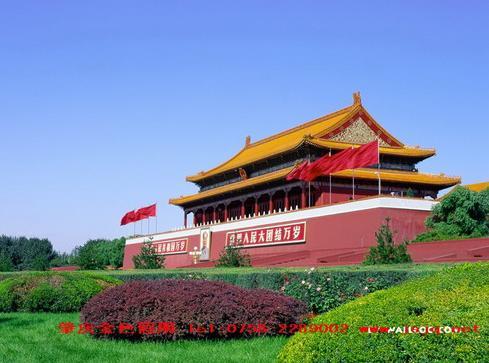
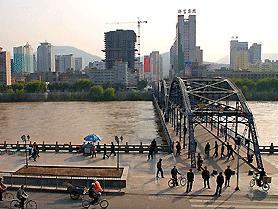
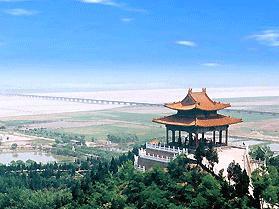

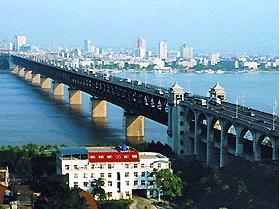
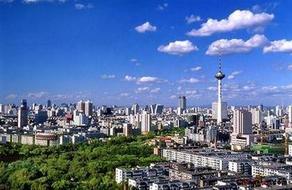
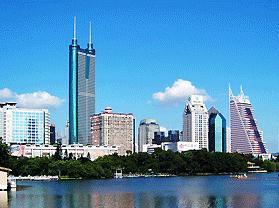
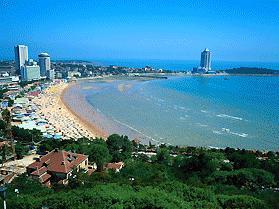
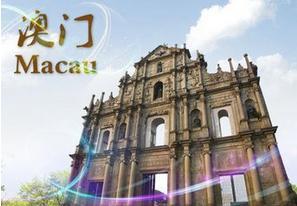
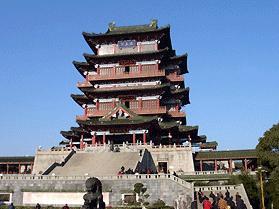
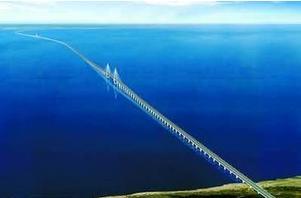
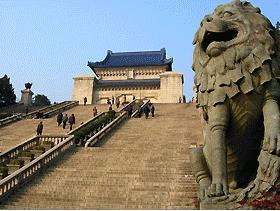
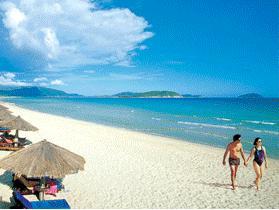
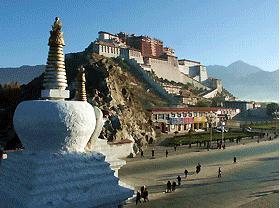
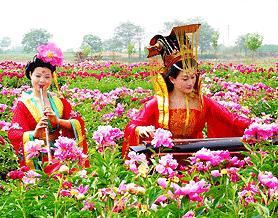
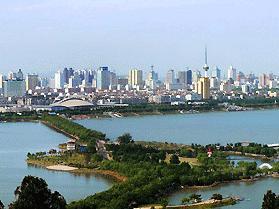
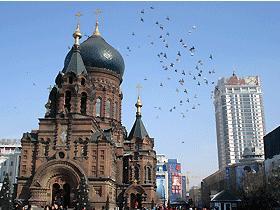
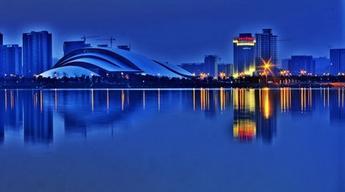
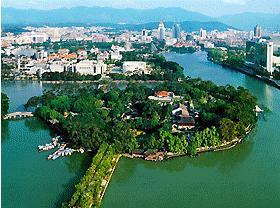
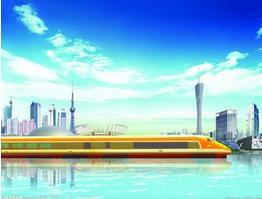
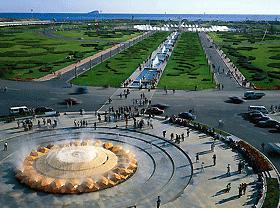
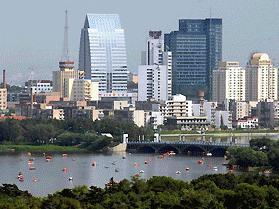
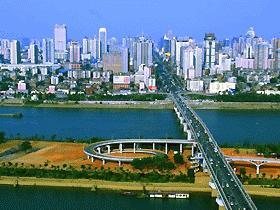
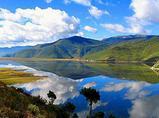
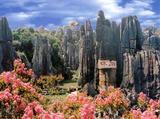

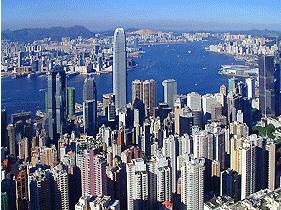
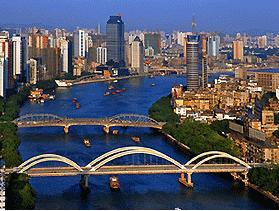
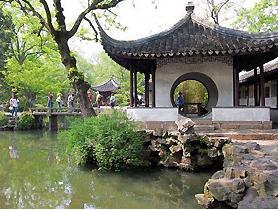

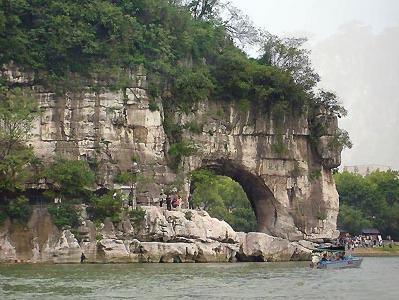
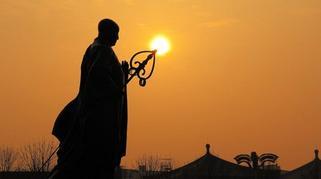
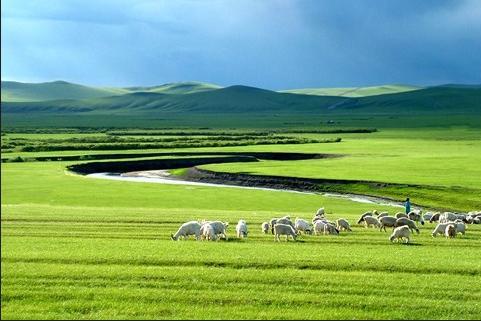

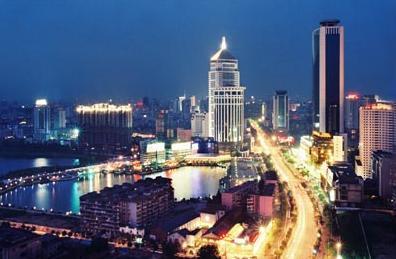
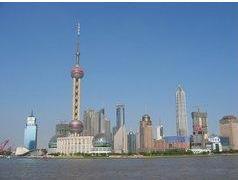
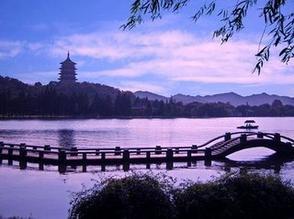

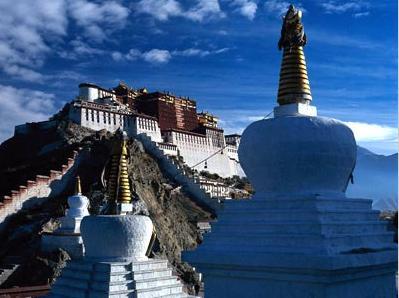
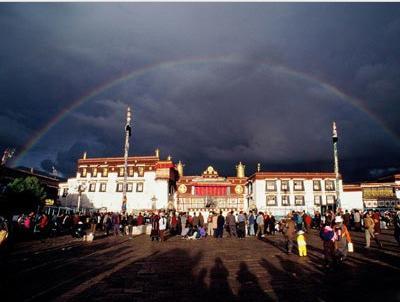
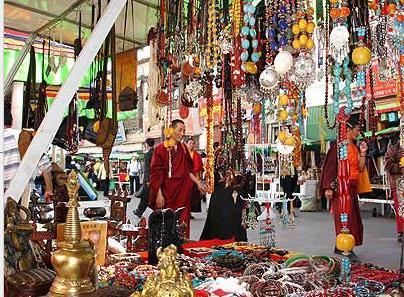
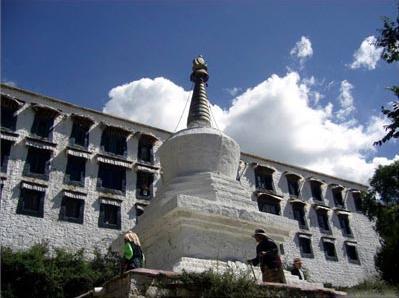
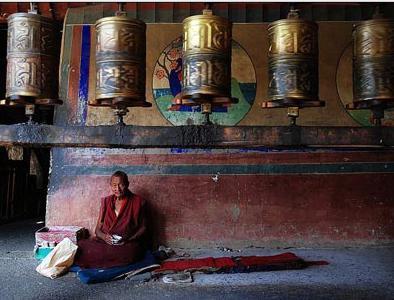
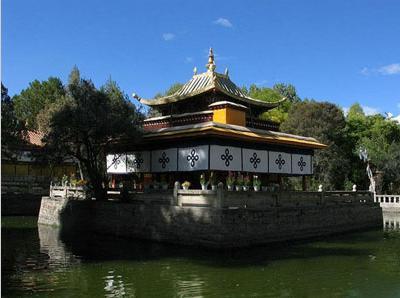
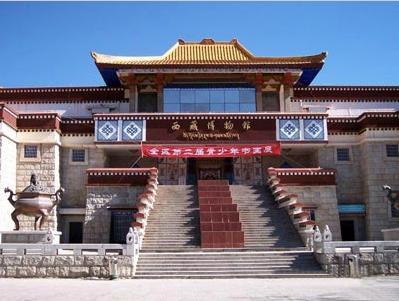
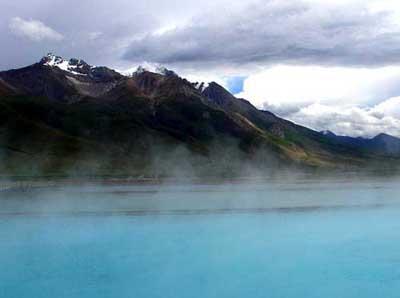
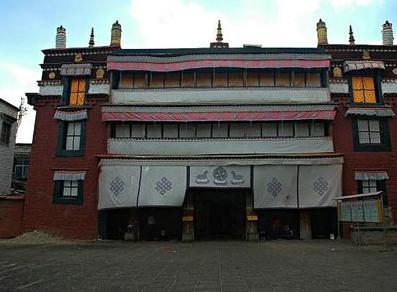
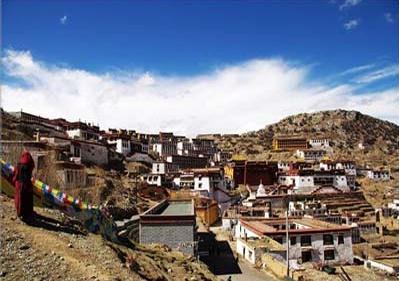
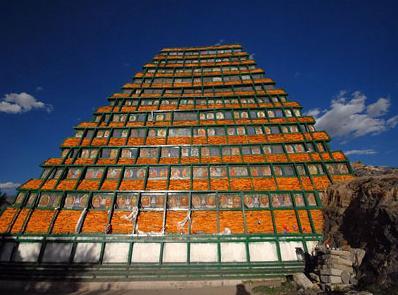
 Chinese
Chinese
 English
English
 Korean
Korean
 Japanese
Japanese
 French
French
 Russian
Russian
 Vietnamese
Vietnamese
